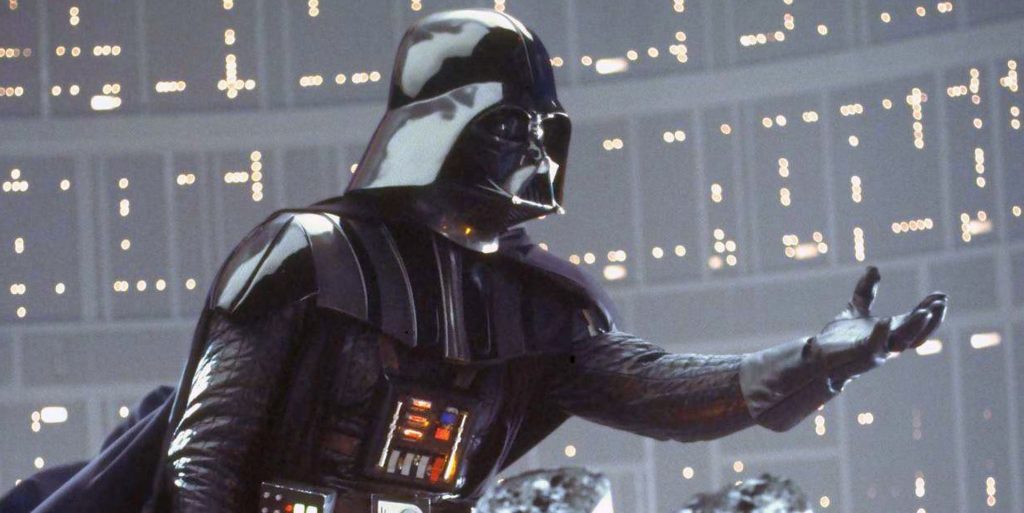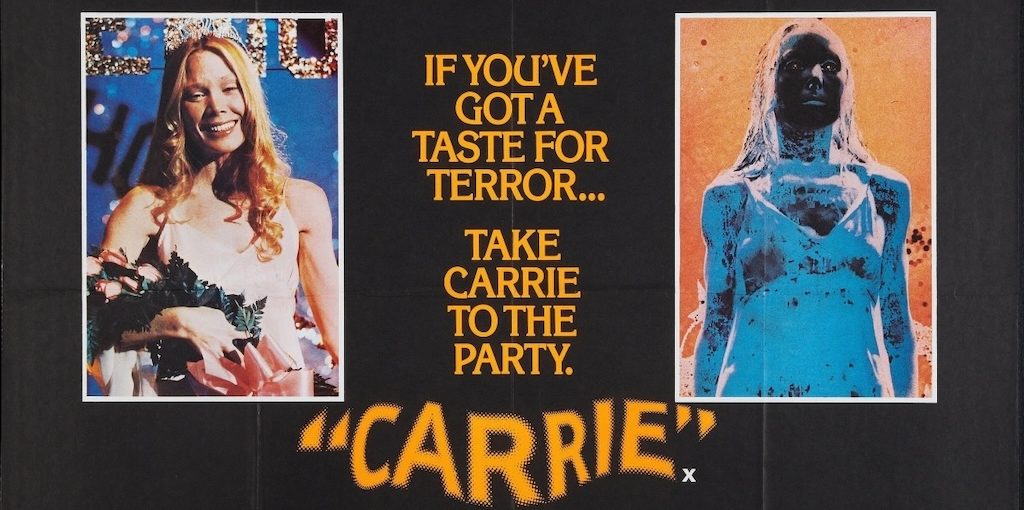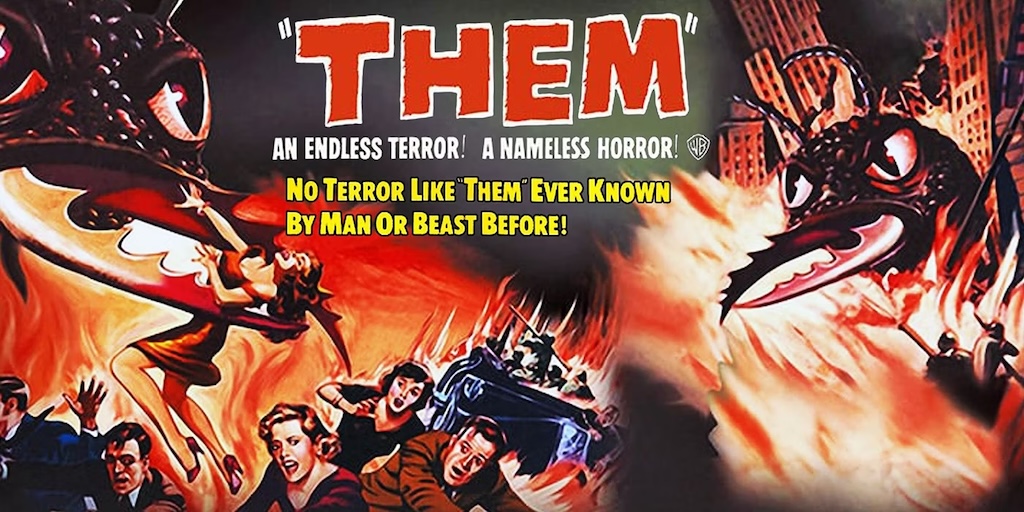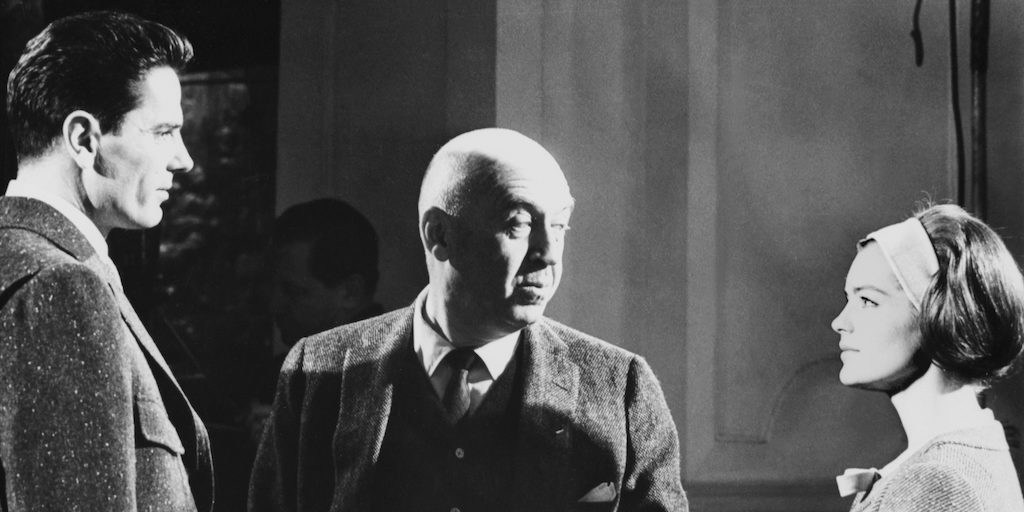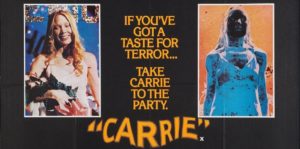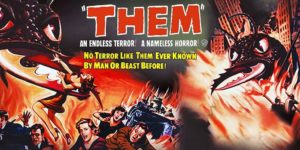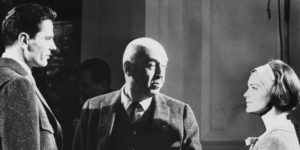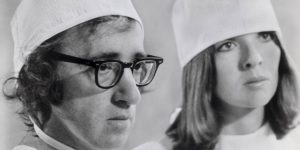When in 1977 I saw what now is called A New Hope (Episode IV), I didn’t know what to think. I thought it to be a weak, clumsy, weird film aimed to a children’s audience. In 1980 I saw The Empire Strikes Back (Episode V) and I liked it a lot more. I re-watched both (though in digitalized modified versions) and understood what happened to me back then.
In 1977 I wasn’t prepared to realize that Star Wars would represent a cinema revolution (and maybe, the end of cinema itself), though I didn’t know if anybody else was, including George Lucas himself. Though it must be said that he figured that out after the release of the film, because he left writing and directing duties for many years in favor of being a producer and businessman. That is, consolidating Lucasfilm, a pioneer company in the field of visual effects, and to plan the future of Star Wars as a franchise, a concept that back then barely began to take off.
A New Hope was revolutionary in many ways. A massive film, of huge box office success that didn’t have a coherent plot or attractive actors and whose dramaturgy took place among teenagers and absurd robots like R2-D2, a garbage can with lights attached, and C-3PO, a sort of homage to the Tin Man in The Wizard of Oz, as insufferable as the model it takes after. The actors looked bewildered, lost, as if interacting with the “droids” created unsurmountable difficulties. Among the humans, Mark Hamill looks totally inept, Carrie Fisher tries to find a way to look attractive and even Harrison Ford looks clumsy. Not even Alec Guinness hits the mark as a Jedi: he acts like if he was ashamed of the character.
The revolutionary aspect of Star Wars was that it changed cinema history because it stopped being cinema, by this I mean that 20th Century art inspired by two 19th Century crafts: photography and novels or, if you prefer, a theatre with much more possibilities. But A New Hope takes its origins from Comic Books. Lucas’ original intention was to recreate Flash Gordon, with their rigid schematic characters, but infusing them with life through special effects, whose fabulous later designs, especially when it comes to digital, were giving their very first steps. As I watched the film, many sequences, especially those when characters move quickly from one setting to another, made me think of Plan 9 from Outer Space, the legendary, enthusiastic and fabulous bomb by Ed Wood. It’s true that here we had a story: an empire, a princess, a group of rebels, a hero coming from the periphery and another from picaresque delinquency, a medieval villain and a set of circumstances transplanted into the future. This being said, the plot is so weak, so full of holes and bears such an uneven visual style, that what’s really interesting is precisely that: that one could make such a big budget film, childish, sloppy, innovative only in the technical aspects and brilliant only for John Williams’ score, and yet be bold enough to defy the mainstream conventions of its time, reaching a wide audience that made it an immediate classic. Star Wars started out almost as avant-garde cinema or, at least, treading that grey area in which lack of skills is mistaken for avant-garde.
But The Empire Strikes Back corrects all that. By this I mean an approach to this product so hybrid and sui generis to ordinary cinema, a cinema that Hollywood industry has manufactured since forever. Lucas hired a director (the undefinable yet competent Irvin Kershner, who was a professor of his) and several screenwriters (among them the legendary Leigh Brackett, who penned classics such as Río Bravo and Hatari, but who specialized more in Science Fiction) to make a more conventional film, less unraveled, with more dramatic tension, better dialogues (in the previous entry many of the dialogues were based on the blip-blips produced by R2-D2), more comedy and, at the core of the plot, an Arthurian love triangle between Luke Skywalker, Han Solo and Princess Leia.
It’s noticeable how, three years after the saga’s debut, the main trio of performers improved to reach the richest characterization of the parts they played. Hamill, always far removed from being a star, is much more solid physically and is more convincing as the young Jedi who’s leaving his adolescence behind. Harrison Ford has room to shine flirting with Leia (I think an old fashioned make-out session wouldn’t fly past today’s politically correct censorship) and Carrie Fisher is beaming and energetic, in love with the seducer as well as the warrior. This is also the first apparition of two very good supporting characters, such as the adventurous Lando and the E.T.-like Yoda, Jedi instructor in the spirit of Don Juan de Castaneda. Darth Vader also acquires a significant protagonism that gives more flavor to the movie.
More fun, more dynamic, the plot benefits also from the branching of settings (a trait from Griffith that TV series will later embrace) and the secret of Luke’s parentage, which will open the door for a future series of trials in which Homer’s stories cross over with medieval jousts and the imminent arrival of Video Games.
The Empire Strikes Back is part, one way or another, of each one of the films that, ever since, have gradually ruled the box office. A structured story under the precepts of Campbell’s The Hero with a Thousand Faces, with nodes of mystery that allow for sequels and prequels to happen infinitely, though the saga ends, for the time being, in Episode IX. A cinema that will be more and more a repetition of itself, condemned to entertain with the fireworks of visual effects and the proven effectiveness of stories whose surface is unbreakable. Unlike what happens with other arts, starting with Star Wars, cinema history started writing itself taking after its most mediocre entries. Perhaps that is its irrevocable fate.

